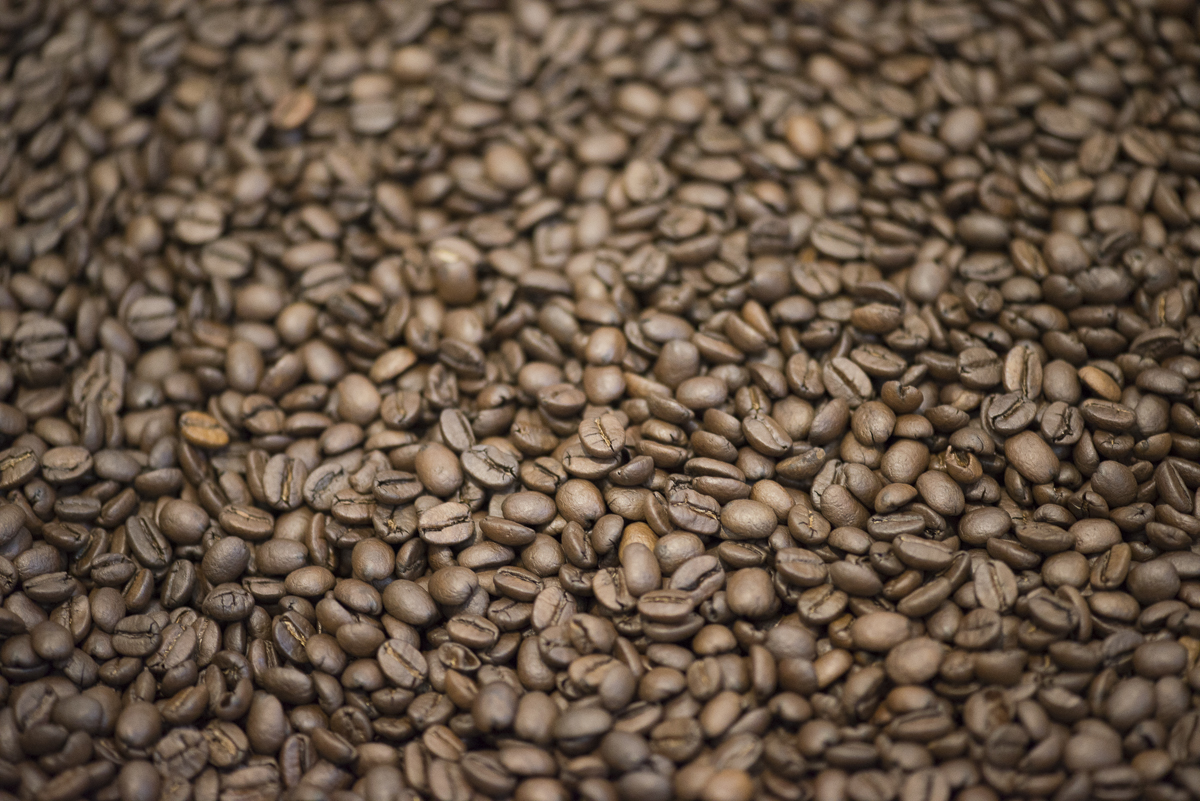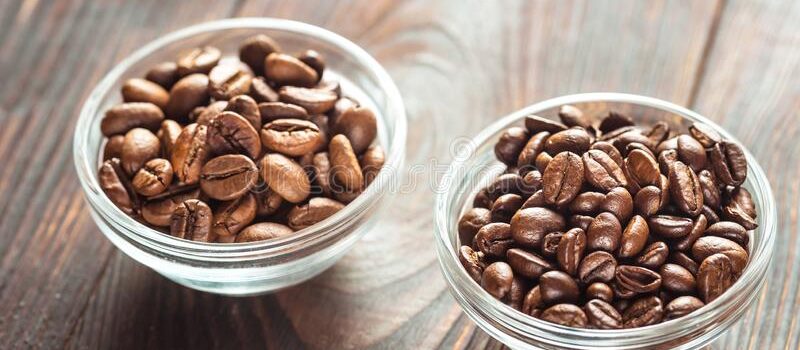
Coffee from A to Z
Coffee is a world of aromas, flavours, traditions and cultures.
If you are a coffee lover, we are going to give you, from A to Z, everything you need to know to enjoy the most beloved beverage with awareness!
A-B
Aroma. This is the common sensory characteristic resulting from the taste sensation of a specific scent. In coffee, it is the distinctive aroma that grants coffee its irresistible appeal. The coffee’s aroma is the result obtained through the roasting process. The raw bean acquires its characteristic dark brown colour and the four identifiable elements of a perfect coffee are developed: taste, body, colour and aroma.
Arabica. It is the finest quality of the coffee plant and covers about 70% of world production. It is originally from Ethiopia, where it continues to be grown, mainly in the mountainous areas. It has a lower caffeine content than other coffee varieties and it is sweet and spicy.
Barista. It is an important position because he has to know the correct stuff to prepare the perfect coffee for each customer.
Blend. It is the combination of several types of coffee with different varieties, origins and flavours. The coffee blend can belong to more than one species (Arabica and Robusta) or just one (e.g. only Arabica for more delicate and aromatic flavours).
Body. It is the coffee’s texture. For instance, when the mouth has a syrupy, pleasantly smooth and creamy feel, it means we are tasting an excellent coffee.
Bouquet. These are the global aromatic notes perceived by the olfactive membrane.
C-D
Caffeine. The alkaloid contained in the coffee, but also in cocoa, cola, guarana and mate plants and it is responsible for the stimulant effects of this drink. On a sensory scale, it gives coffee its bitter character. The caffeine content is approximately 85 mg per 150 ml (1 cup) in ground roasted coffee, 60 mg in instant coffee and 3 mg in decaffeinated coffee.
Cooling. This is the final stage in the roasting process, allowing the beans to retain all their aromatic properties and the aromas released by the heat.
Decaffeinated. This is the process that eliminates the caffeine from the bean and is applied to the still green beans before roasting.
E-F
Espresso. This is the most widely known and consumed type of extraction in the world. It is also known as Italian coffee. Espresso coffee is brewed using a special machine with a percolation process under high pressure of hot water.
Extraction or percolation. This is the flow of water through the coffee powder. Depending on the type of extraction, the beverage’s properties are enhanced.
Fermented. This is a failing of coffee and causes an unpleasant sour sensation in the mouth.
Flavour. There are five different sensations in coffee: sweet, bitter, salty, sour and umami. The two main taste sensations are bitterness and acidity. We are all familiar with the bitter taste of coffee, but not everyone knows that acidity is an important attribute of coffee. It is indeed typical of the Arabica quality and gives the coffee a syrupy aftertaste.
Fruit’s. The delightful flavour which reminds us of ripe fruit.
M-P
Mocha or coffee pot. This is a device to prepare coffee and was invented by Alfonso Bialetti in 1933.
Natural. With this method, also called the dry method, the beans are dried naturally under the sun.
Pergamin. A membrane that wraps the coffee beans inside the berries.
Picking. A highly selective and valuable type of coffee harvesting: the ripe cherries (drupes) are hand-picked from the plant, one by one, by coffee pickers.
R-S
Roasting is the most important process in coffee production. It is the critical point at which green coffee acquires its final aromatic and organoleptic scent. Coffee beans are roasted at a temperature that can be up to 220° C. They decrease in weight and are subjected to a chemical change that allows its aromatic components to release all their delicious properties.
Robusta. Robusta is the most widely used coffee variety after Arabica. Its taste is intense, full-bodied and long-lasting with a woody aftertaste; in the cup it produces a darker, denser cream. Compared to Arabica, it has a high caffeine content (almost two times as much). Its name comes from its capacity to resist temperature changes and parasites.
Stripping. An harvesting method. The branch of the coffee plant is stripped from the inside to the outside and all the fruits, both ripe and unripe, are picked at the same time.
Sweetness. Simple sugars are also present in coffee, giving it a sweet taste and giving it a smooth and rounded sensation. Therefore, the sweeter a coffee is, the higher quality it is.
T-Z
Taste. The taste of coffee combines with the aroma to produce a whirlwind of emotions that can be sweet or bitter, slightly acidic or have earthy notes, but altogether create a perfect symphony.
Varieties. There are four main coffee types in the world: Arabica, Robusta, Liberica and Excelsa, each with its own characteristics. The differences between the four types of coffee are mainly related to the origin of the beans and the roasting process.
Washed. Also known as the wet treatment of coffee. It is the other main coffee processing method and it is used to separate the coffee beans from the second peel and to remove residual pulp.
Zone. 70% of the coffee produced worldwide comes from Central and South America. In particular Brazil, Colombia, El Salvador, Guatemala and Mexico. 20% comes from Asia, Indonesia and India, and the remaining 10% of coffee is produced in Africa, especially in Angola, Ivory Coast, Ethiopia and Uganda.
In conclusion, now that you know most of the coffee words from A to Z, relax and enjoy a wonderful Tre Ceri coffee!





